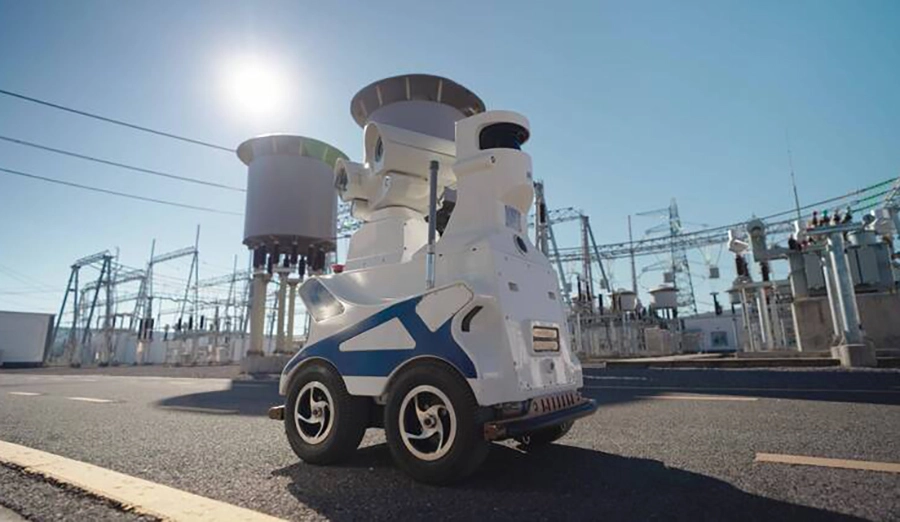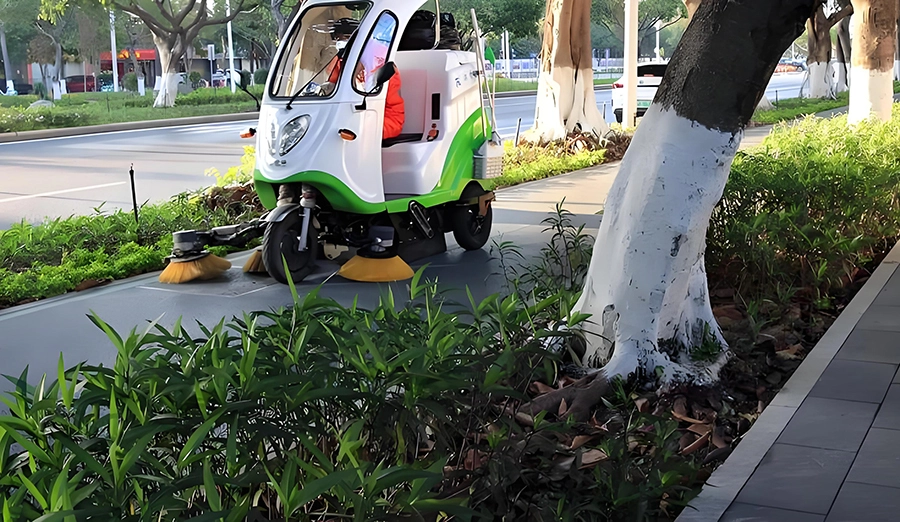
WIRELESS CHARGING IN THE NEWS
The wireless charging scheme of AGV/AMR automatic handling robots is becoming the core technical support for intelligent manufacturing and logistics upgrading. By eliminating physical contact, improving job continuity, and optimizing energy management, this technology is reshaping the automation ecology of industrial scenarios. The following is an analysis from three aspects: technical architecture, application scenarios and development trends.
First, technological structure innovation
Industrial wireless charging system adopts magnetic resonance coupling technology, working frequency 6.78MHz, transmission distance up to 30cm, support 30kW high-power transmission. ABB's FlexiCharge system integrates the IP69K protection standard for stable operation in the high temperature and oil pollution environment of the automotive manufacturing plant. Core modules include:
Energy emitting end: Embedded floor module, thickness only 35mm, withstand 5 tons of dynamic load
Receiving end: The robot chassis integrates Litz coil, and the conversion efficiency reaches 93%
Intelligent control system: Dynamic power adjustment based on Kalman filter, real-time matching robot power demand
The 50 AGVs deployed in the Ningde Times factory achieve an efficient cycle of "10 minutes of charging and 4 hours of operation" through the wireless charging system, which reduces energy consumption by 32% compared with traditional solutions.
Second, scenario-based solutions
Warehousing logistics scenario: Jizhijia robot is equipped with 11kW wireless charging pile, and invisible charging area is set up in the shelf roadway. When the robot power is less than 20%, the scheduling system automatically plans the path to the nearest charging point, and the recharge process is fully integrated into the handling flow, and the equipment utilization rate is increased to 98%.
Automobile manufacturing scenario: The AMR of Tesla Shanghai factory adopts dynamic charging scheme. The assembly line ground embedded annular transmission coil, the robot in the movement through magnetic coupling to obtain electricity, 24 hours of uninterrupted material delivery, a single robot to reduce the average daily charging downtime of 1.2 hours.
Clean room scenario: The maglev AGV in the semiconductor factory is equipped with a non-contact dual-mode power supply system, which maintains a 10cm suspension gap charge under working condition, eliminating the particle pollution generated by traditional brushes. After TSMC Nanjing plant applied this solution, the wafer contamination rate decreased by 0.8ppm.
Third, system-level efficiency improvement
1. Operation and maintenance cost optimization: After 200 AGVs in the Toyota supply chain switched to wireless charging, the annual maintenance cost was reduced by $450,000 (mainly saving the cost of connector replacement and manual inspection).
2. Spatial reconstruction value: JD Asia Warehouse No. 1 eliminates the fixed charging area, releases 15% of the storage area, and increases the reuse rate of charging bit to 300% through path planning algorithm
3. Enhanced safety: The explosion-proof wireless charging system at Bosch Suzhou is ATEX certified to achieve zero spark charging in flammable environments, reducing the accident rate by 76%
4. Evolution of cutting-edge technologies
1. Mobile charging: The dynamic wireless power supply track developed by Danfoss supports the AGV to continuously obtain 6kW power at 1m/s speed, achieving "never power off" operation
2. Multi-device collaboration: The matrix charging floor deployed by Siemens Smart Factory can power 12 AMRs at the same time, and the system uses beamforming technology to dynamically distribute energy
3. Energy Internet integration: The AGV charging system of the Fraunhofer Institute in Germany is connected to the microgrid, combined with photovoltaic power generation and energy storage scheduling, and the carbon footprint of a single device is reduced by 18kg/ day
With the integration of GaN wide bandgap semiconductors and intelligent edge computing technology, a new generation of wireless charging systems are breaking through with energy efficiency of more than 92% and transmission distance of 50cm. In the next three years, the intelligent charging network combined with the digital twin will achieve global energy consumption optimization, promote AGV/AMR from single-machine automation to system intelligence, and provide core energy infrastructure for Industry 4.0.







